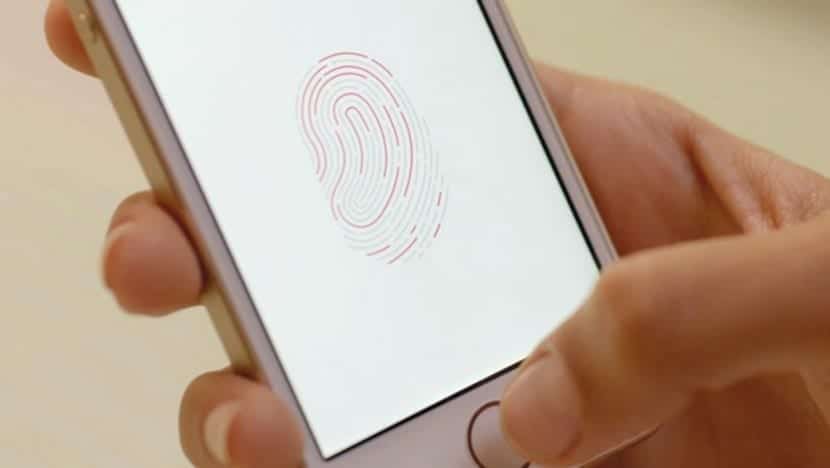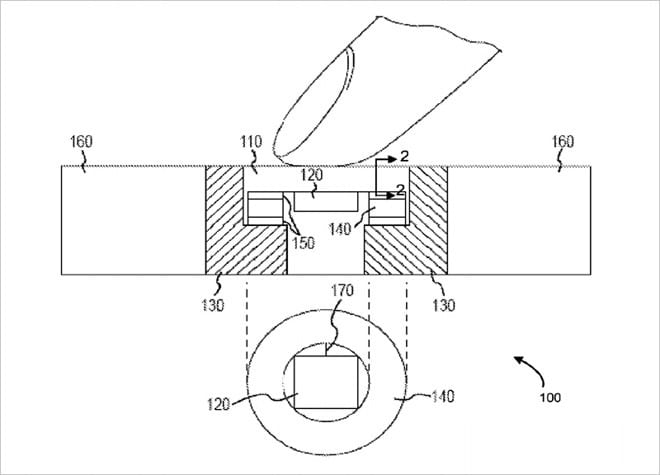
Today a new Apple patent that will not leave many users calm. It suggests that the iPhones of the future will continue to use the home button ... or not. What is described speaks of a Touch ID that would be pressure sensitive, something like the Force Touch of the Apple Watch or its second generation, the 3D Touch that is present in the iPhone 6s and the iPhone 6s Plus. At this point, surely many of you are thinking the same as me: And couldn't they include it on the screen?
The patent has been named "Fingerprint sensor with force-sensitive input»And describes a mechanism and cases that integrate a pressure sensitive surface into a biometric security sensor, which means that it would join in a same point 3D Touch technology and Touch ID. All this would be added to a function that Apple is not yet using: the ability to perform swipe gestures on the Touch ID.
The patent details something very similar to the system used in the 3D Touch used in the latest iPhone models. Unlike the Force Touch mechanism of the Apple Watch, which is based on different electrodes integrated around the periphery of a screen, the 3D Touch and what is detailed in this patent incorporates a capacitive sensor panel integrated with the iPhone's backlit Retina HD panel.
In the case of Touch ID, this new technology would allow, for example, unlock an iPhone with just a tap (without sinking) the Touch ID with a registered finger, while sinking the button we would unlock the terminal and open a previously configured application (to hell with the idea of eliminating the start button with this patent ...). As with the 3D Touch, depending on the pressure, different commands could be launched (with this, hope returns), such as responding to recent messages.
As we always say, that a patent has been filed does not mean that we will see it on any device, but it tells us what a company works on. Of course, it is inevitable to imagine that they integrate the fingerprint sensor with the 3D Touch and finally eliminate that button that so many joys and sorrows have made us go through. The issue of sinking the button can only mean that it is pressed harder, as we do now for shortcuts or Peek & Pop. What do you think? Do you see it possible?

I recommend that the person who wrote this post use their device more, since it is possible that,
current sensor reads your fingerprint without the need to "sink" it
Hi miguel. The information I write is what is detailed in the patent. Right now, Touch ID can unlock iPhone without depressing the button ALWAYS AND WHEN the screen somehow wakes up. Or, what is the same, with the screen off, if we put the finger it does not unlock it. Before we have to press the sleep button or sink the button.
With what is described in this patent, it would not be necessary to sink it. Just put it on top with the screen off. And if we press with more or less force, perform different actions.
A greeting.
If it is not for a pressure sensor, it is also valid as the VirtualHome tweak. It helps a lot to extend the life of the button
In that you are right, the only thing that Apple does not come out of their eggs, modify the Touch ID code ... why are they ***** lines of code that is what VitualHome modifies ...
Regards!!